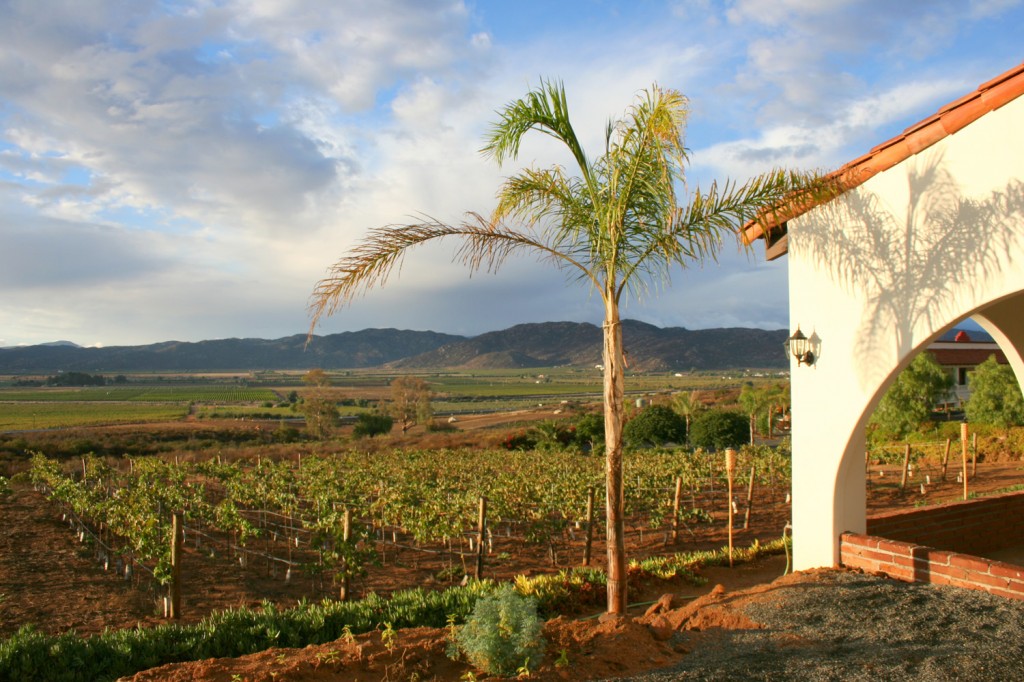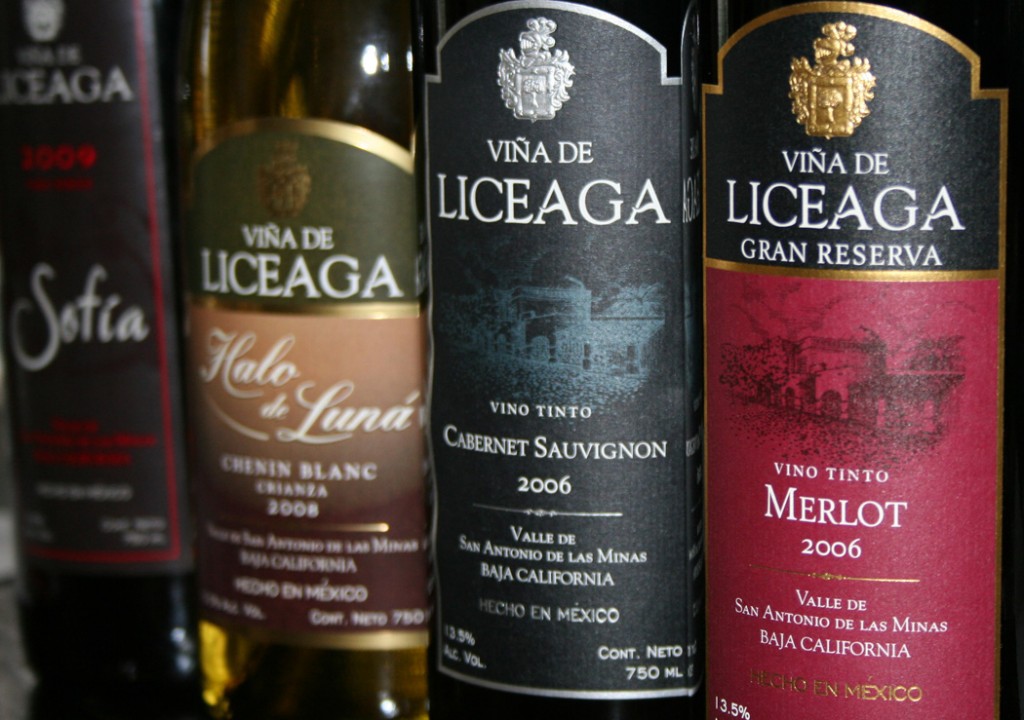California equals wine; that’s a simple equation. But Baja? That equals beer to many. But surprise number one is that Baja California in Mexico and its grape-growing valleys like Guadalupe, San Antonio, and Santo Tomas, produce 90 percent of all of the wine made in Mexico, and if you assume they are weak jug wines, well, that’s surprise number two. I went to the region in late 2010 to taste what Baja has been up to.
“There’s a big market for good wine and there’s a lot of money here in Mexico,” says winemaker of Vena Cava, and British transplant Phil Gregory. “Guadalupe Valley is the name that brings people here.” Certainly there are some vapid wines, barely registering fruit (of course that’s true anywhere), but a new surge of winemaker is producing exceptional juice. The industry is growing rapidly presenting its own unique set of challenges. There are issues with punitive taxation within Mexico and taxes to the wineries can be as high as 45 percent, making exporting problematic. Then there are water woes within the valleys. Though for now the wines are surprisingly good and when in Ensenada, Tijuana or even Tecate, it’s worth drinking the local wines. The Ruta del Vino traverses 135 miles all total, generating enough wine for visitors and locals.
Wine has been made in Baja since the 1920s when Donata Cetto, an Italian immigrant, bought a whisky distillery in Tijuana, originally built by an American who provided bootleg liquor to other Americans crossing the border during Prohibition. These days Vinos L.A. Cetto is the single largest winery in all of Mexico, producing 10 million liters and shipping to 16 countries. Located in downtown Tijuana, their facility allows visitors to taste wine without driving all the way into the wine region, east of Ensenada, though they have another facility in the Guadalupe Valley. Camillo Magoni, who grew up in Italy, has been the winemaker here for 45 years, a job he clearly loves. “I never get up and regret having to go to work,” he tells me with a wry smile. I sit with him for a tasting of his wines which vary from inexpensive wines like his successful, though basic, Petite Sirah to his best wines including Sangiovese, reserve Cabernet Sauvignons laden with plush fruit, to Viognier, and a very cool wine called Blanco Boutique; a funky blend of 50 percent barrel fermented Chardonnay, 42 percent stainless steel Viognier and, get this, eight percent Pinot Noir; a creamy, excellent blend with a mild acidity. L.A. Cetto produces wines under five different labels and has 3,000 acres of grapes planted in Mexico, though “wines from Baja are challenging,” Magoni says, referring to water issues, and getting the grapes fully ripe. Tasting fees here range from $3-5. Though large, they are not the only players.
One of the more popular wineries to visit in the Guadalupe Valley is Vina de Liceaga with its spacious tasting room lined with dark Choctaw stone. Tasting fees range from $5-8 and you’ll find Chenin Blanc with a strong acidity, Cabernets, Syrah, Merlot and blends. The red wines are good, but lack full fruit and balance, therefore the white wines standout. Other wines to look for when you’re in the Baja region include Rogant, who make one of the best Sauvignon Blancs in the state; Emeve; a relatively new producer who is making a very nice spicy syrah with blackberry fruit and a whisper of coffee, and the Baron Balch’e Double Blanc, a fantastic blend of Chenin Blanc and Sauvignon Blanc for about $15. Even in Tecate, west of Tijuana, home of the brewery giant Tecate, there are a handful of wineries like Cava Garcia, where the wines are inexpensive ($6-15) and pleasant, and locals gather to share a bottle frequently in the remote though accessible tasting room helmed by winemaker Pedro Garcia Frias.
The bottom line is that Mexico is attempting to compete on the global wine stage, and it’s a distinct possibility. Certainly, time, money and a greater dedication to the art of winemaking will need to be in evidence for that to happen. But as it stands currently, the possibilities exist. If you are in Baja, a trip into the beautiful Guadalupe Valley is a must. The infrastructure, including lodging and restaurants, are all in place. All they need now is for visitors to discover the wines of Baja.
Article and Photos courtesy of Michael Cervin
Read more of Michael’s work at www.MichaelCervin.com and www.CervinItStraight.com
















